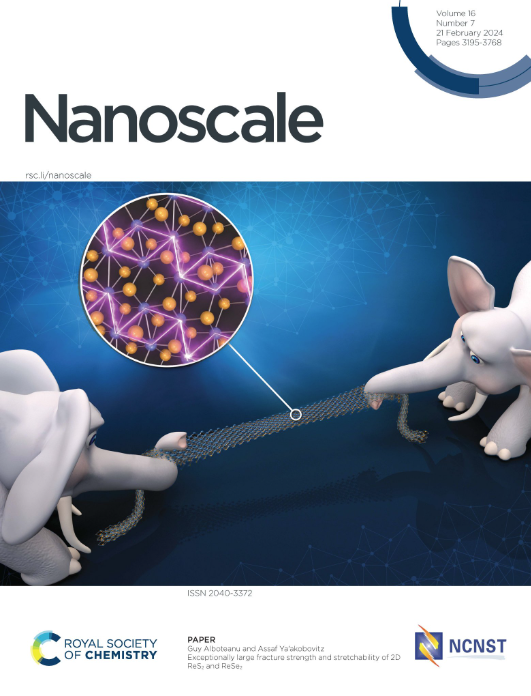More than a delivery system: the evolving role of lipid-based nanoparticles
IF 5.8
3区 材料科学
Q1 CHEMISTRY, MULTIDISCIPLINARY
引用次数: 0
Abstract
Lipid-based nanoparticles, including liposomes and lipid nanoparticles (LNPs), make up an important class of drug delivery systems. Their modularity enables encapsulation of a wide range of therapeutic cargoes, their ease of functionalization allows for incorporation of targeting motifs and anti-fouling coatings, and their scalability facilitates rapid translation to the clinic. While the discovery and early understanding of lipid-based nanoparticles is heavily rooted in biology, formulation development has largely focused on materials properties, such as how liposome and lipid nanoparticle composition can be altered to maximize drug loading, stability and circulation. To achieve targeted delivery and enable improved accumulation of therapeutics at target tissues or disease sites, emphasis is typically placed on the use of external modifications, such as peptide, protein, and polymer motifs. However, these approaches can increase the complexity of the nanocarrier and complicate scale up. In this review, we focus on how our understanding of lipid structure and function in biological contexts can be used to design intrinsically functional and targeted nanocarriers. We highlight formulation-based strategies, such as the incorporation of bioactive lipids, that have been used to modulate liposome and lipid nanoparticle properties and improve their functionality while retaining simple nanocarrier designs. We also highlight classes of naturally occurring lipids, their functions, and how they have been incorporated into lipid-based nanoparticles. We will additionally position these approaches into the historical context of both liposome and LNP development.求助全文
约1分钟内获得全文
求助全文
来源期刊

Nanoscale
CHEMISTRY, MULTIDISCIPLINARY-NANOSCIENCE & NANOTECHNOLOGY
CiteScore
12.10
自引率
3.00%
发文量
1628
审稿时长
1.6 months
期刊介绍:
Nanoscale is a high-impact international journal, publishing high-quality research across nanoscience and nanotechnology. Nanoscale publishes a full mix of research articles on experimental and theoretical work, including reviews, communications, and full papers.Highly interdisciplinary, this journal appeals to scientists, researchers and professionals interested in nanoscience and nanotechnology, quantum materials and quantum technology, including the areas of physics, chemistry, biology, medicine, materials, energy/environment, information technology, detection science, healthcare and drug discovery, and electronics.
 求助内容:
求助内容: 应助结果提醒方式:
应助结果提醒方式:


